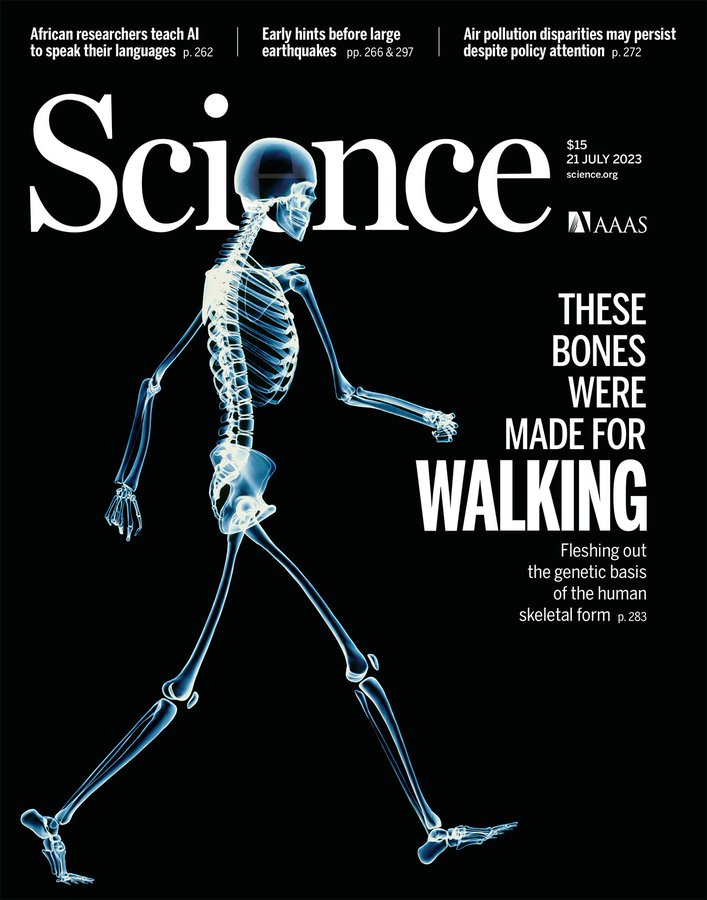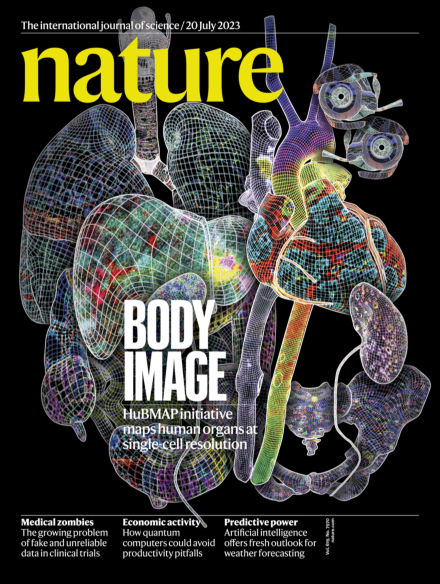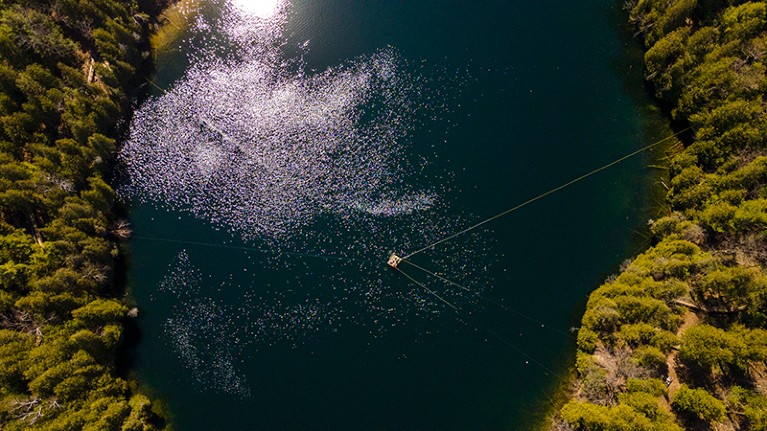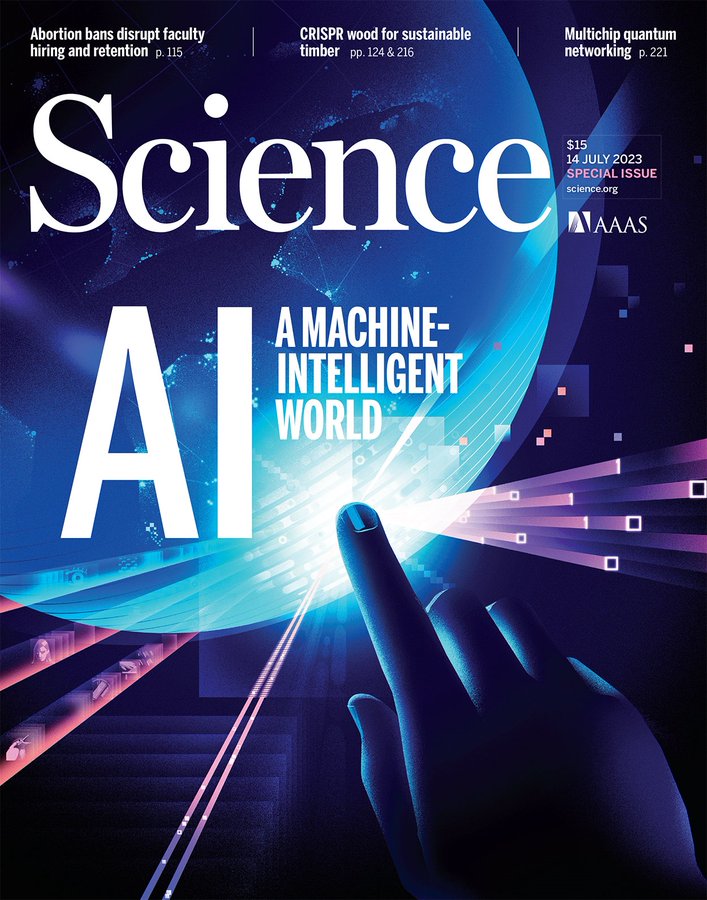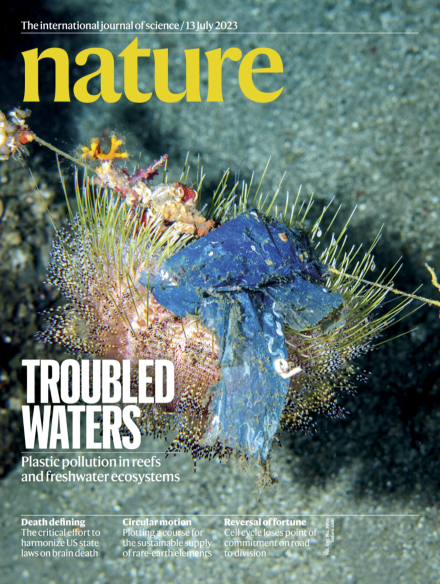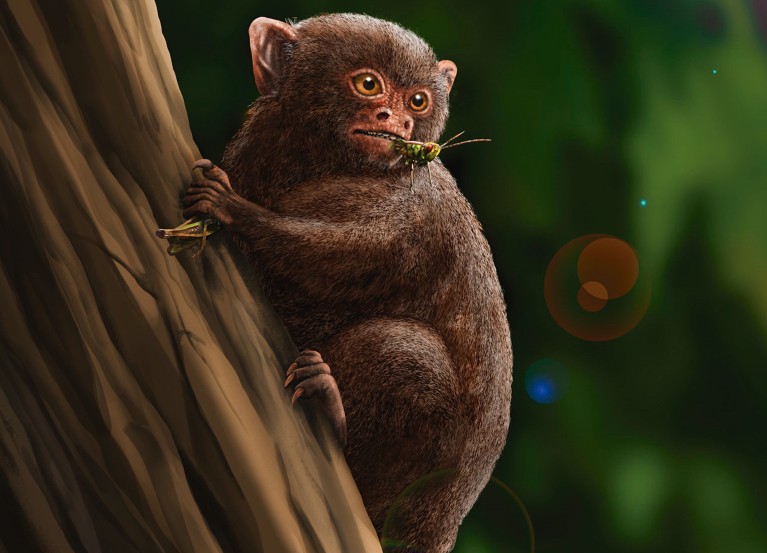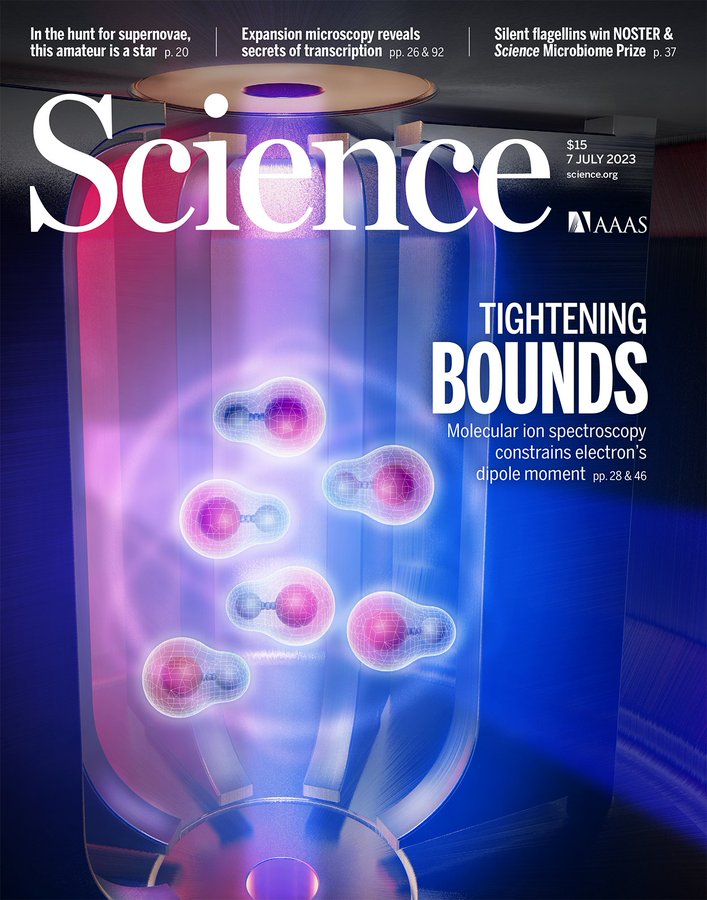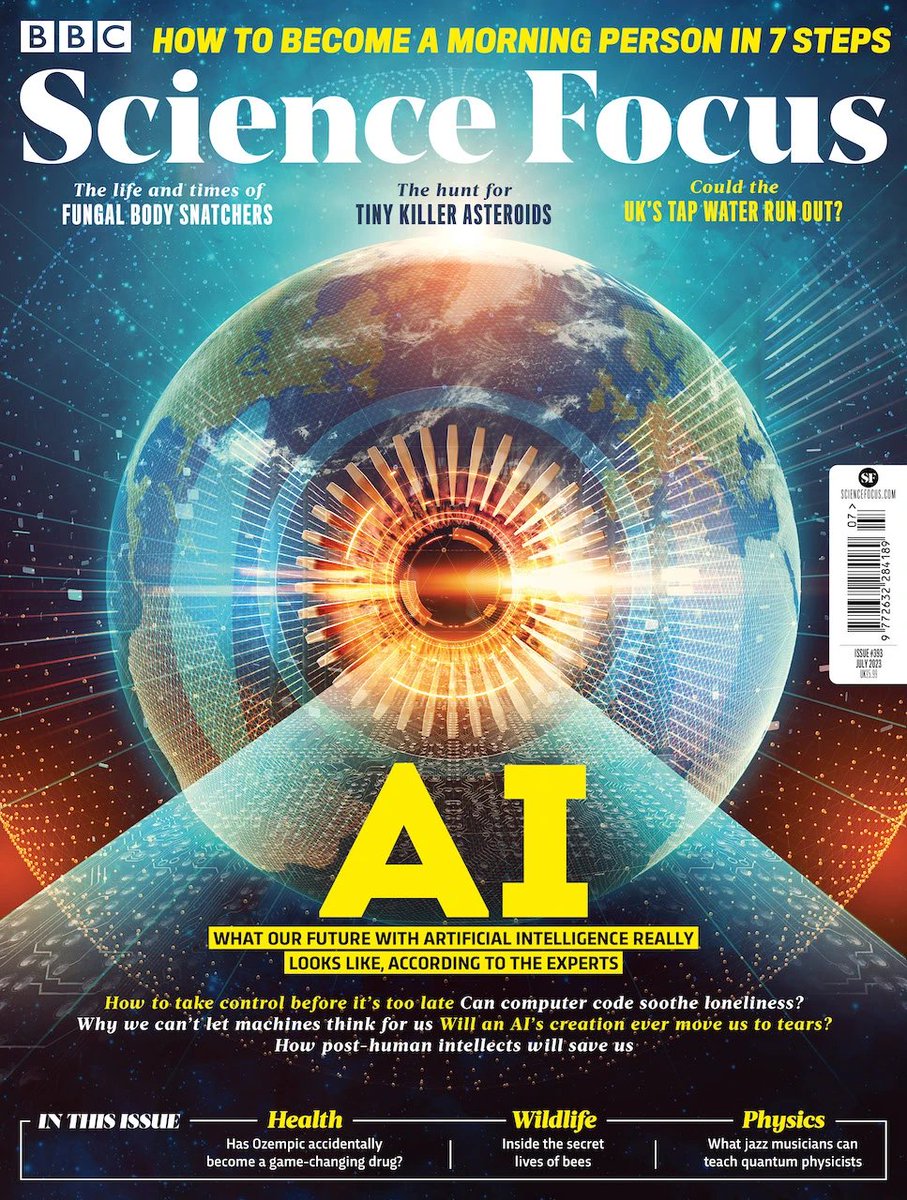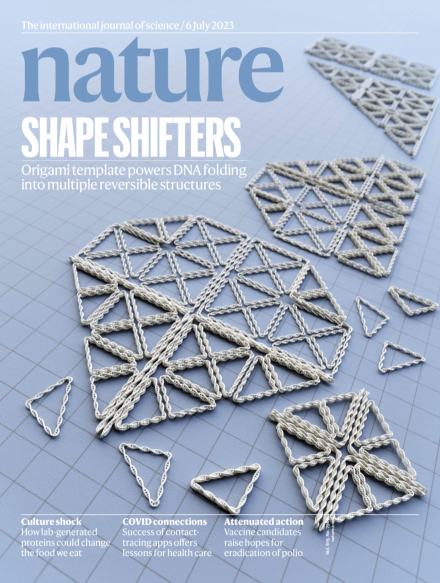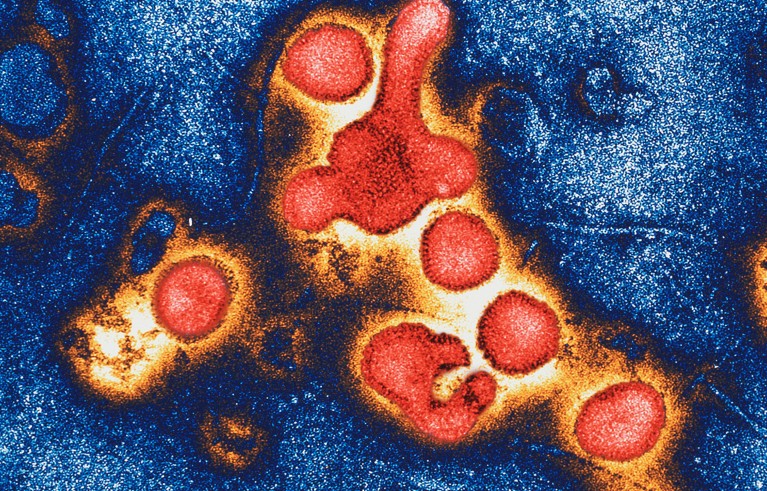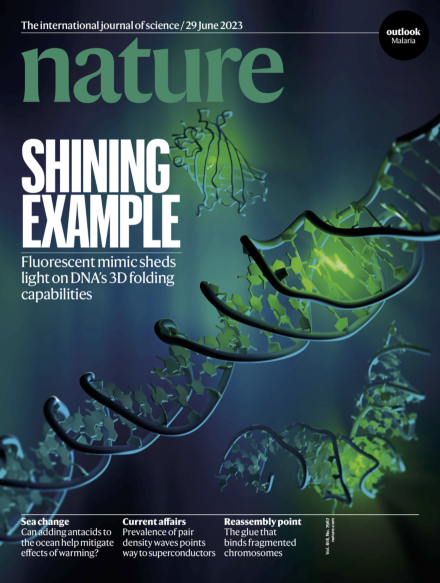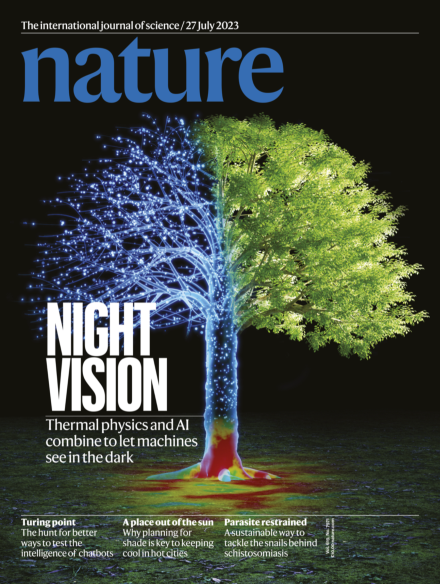
nature Magazine -July 27, 2023 issue: HADAR (heat-assisted detection and ranging) combines thermal physics and infrared imaging with machine learning to discern an object in pitch darkness as though it is illuminated by broad daylight.
ChatGPT is a black box: how AI research can break it open
Despite their wide use, large language models are still mysterious. Revealing their true nature is urgent and important.
A lethal fungal infection gets a hand from the body’s own defences
Bloodstream infections by a common fungus are less deadly in mice engineered to have lower levels of a protein secreted by immune cells.



